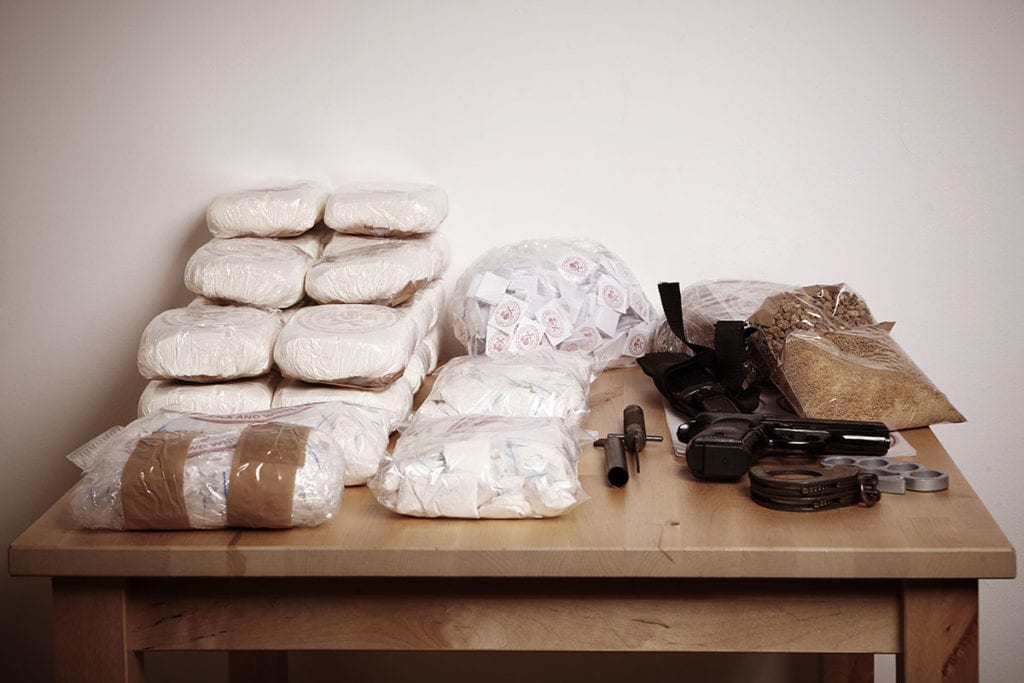While drug addiction stems from many places, it’s important to understand the actual source of illegal drugs. Mexican drug cartels dominate the market of illegal drugs entering the US, notably responsible for an estimated 95% of cocaine, 85% of meth, and 66% of marijuana. American consumers are spending anywhere from $13.6 – $48.4 billion, which is only fueling the source. This video takes you on a journey, starting with the history of Mexican drug cartels. From the Guadalajara Cartel, Miguel Ángel Félix Gallardo, and The Medellín Cartel to the actual structure of a cartel, stopping drug addiction abuse in the US is one of the best ways we can help solve this problem. Building awareness and addressing issues such as the war on drugs is essential to developing a better understanding of what’s going on and how we can make a difference.
What Is a Drug Cartel?
A cartel is an alliance of competing businesses in the same industry that try to keep others out or prices up. So a drug cartel is a group that bands together for those purposes when it comes to transporting and selling illegal drugs. For example, the first Mexican cartel to help the Colombians was the Guadalajara Cartel, which was founded by El Padrino to make it easier to get cocaine into the United States. These two groups worked together until El Padrino was arrested, and his Mexican empire was then divided into five different cartels. El Padrino’s aim? To make it harder for those cartels to be destroyed. While it may have been easy to shut down one or two cartels, with five working in harmony, drug-fighting authorities could not find an effective strategy to use against them. It took years but eventually the Guadalajara Cartel, which was founded in the early 1980s, was disbanded in 1989.
Taking Out a Drug Cartel
In the war on drugs, cutting off supply at its source is incredibly important. Law enforcement authorities often use an approach called the kingpin strategy to topple cartels. By targeting a few leaders of the group, those who are near the top of the food chain, they can kill off the whole group. When no one knows who is in charge, chaos sets in, and the drug trafficking becomes less organized and eventually falls apart. However, while this strategy has worked in many countries, in Mexico trying to eliminate the kingpin often leads to even more bloodshed and cartels that strengthen instead of weaken. The leaders on the bottom of the pyramid begin competing to take over at the top. People in the same cartel take each other out, and the widespread violence in Mexico is the long-term consequence. There are a staggering 500,000 people in Mexico involved in the drug trade. To put that in perspective, Mexico has a population of 122 million people. That means 1 out of every 244 people is involved in the drug trade, which also translates to dozens of men, women, and children in each town in the troubled country. Sources: Justice.gov FAS.org CFR.org NPR ABC news NYTimes Music by Pierre HazanIf you enjoyed this video infographic, please share it with your friends! Share the knowledge!

